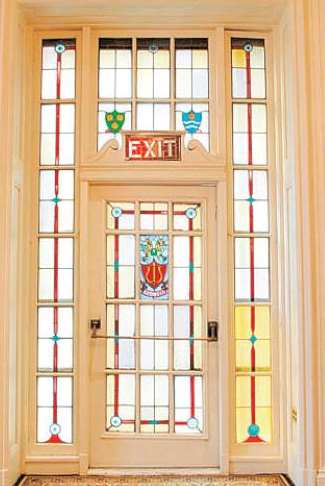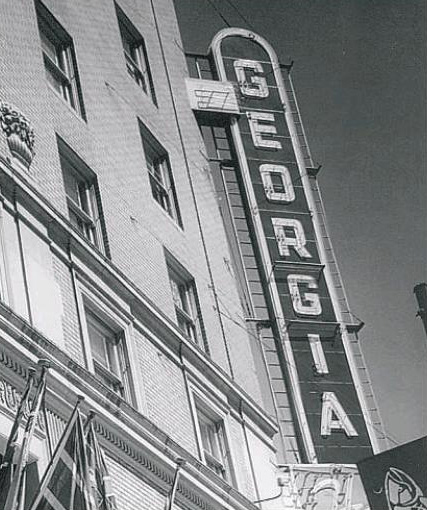Be realistic about what you can afford, where you are willing to live
MARIA COOTAUCO
Province

Real estate agents advise homebuyers to get pre-approved for financing to ensure they are looking in the right price range.

For many people, a home is the biggest purchase of their lifetime. It’s an emotional investment that can be stressful, yet very rewarding.
Get pre-approved for financing
Real estate in Vancouver. The notion is enough to send a chill down a consumer’s spine. From the well-heeled buyer looking for the next lucrative investment opportunity to a young couple looking to make t h e g i a n t l e a p f r o m t h e precipice of renting, hunting for real estate can be a stressful experience.
This long weekend, whether you’re pounding the pavement in search of a Yaletown loft with exposed brick or a Commercial Drive townhouse with two parking spots, here are six homebuying tips from Gary Friend, a builder and real estate agent based in Surrey:
“We’re all dreamers,” Friend said. “Buyers think they know what they want and what it costs. And of course it’s expensive in Vancouver and they spend a lot of time looking in the wrong price range.”
The price range will inevitably affect your area, so be realistic, he says.
“We all want to live in the nicest neighbourhood but price may not say we have that choice,” Friend said.
Knowing what you can afford will help you to narrow your search on feasible options.
Location, location
“Decide,” Friend said simply. “Pick three different locations in your budget. Until you wear those out, that’s all you do.”
Do you want to live in a condominium overlooking the water or in a townhouse close to the transit system?
Your decision on where to live should be contingent on your needs and wants, not price alone.
And if you’re looking into a new home, look for reputable builders in the area, either those who belong to an organization like the Greater Vancouver Home Builders’ Association or those who have been around for years. Make lists, Friend suggests. Stay organized.
Look at your options
You probably won’t make a bigger purchase in your life, so do justice to your decision and explore all avenues.
“A house is unique,” Friend said. “When you drive down a street with a house with a white picket fence and blue trim, there’s only one like that on that street on that day. If you’re buying a Chevy, there’s a car dealer in every city. You can go anywhere and look at the same car. There’s more emotion in a home than a car because there’s less choice.”
Buyer’s remorse is more difficult to navigate when it’s in the scope of a house, so be informed about the market as best you can.
Give yourself time
“Make sure that you take enough time to shop around,” Friend said. “You need to work hard in this kind of market because it’s so busy and good prices are hard to find. You need need to work hard at it.”
Going house hunting every once in a while for a quick look won’t cut it, Friend says.
For his first-time buyers, Friend says he wears clients out by showing them three houses that they may not even like just so they know why they picked the house they did like.
“Then what happens is you feel more comfortable when you have to sign your life away on your mortgage,” he said.
Choose your neighbourhood carefully
“You have to feel good when you walk up to the house,” Friend said. “I’ve shown houses to lots of people and they go because of the price, but you can tell as they walk in that they don’t even like the street.”
If you can feel good about your neighbourhood and it’s in your price range, even though it may not be your dream spot, you are in a good situation, Friend says.
Start looking now
If you are serious about buying a home, there’s no time like now to start looking, Friend says.
Years ago, there were some months better than others to house-hunt, but it’s no longer the case. So, get out there are start hunting for your dream home.
“Today, there’s no month better than any other,” Friend said. “It’s more important how much time you spend whenever you start to do the process.”


















